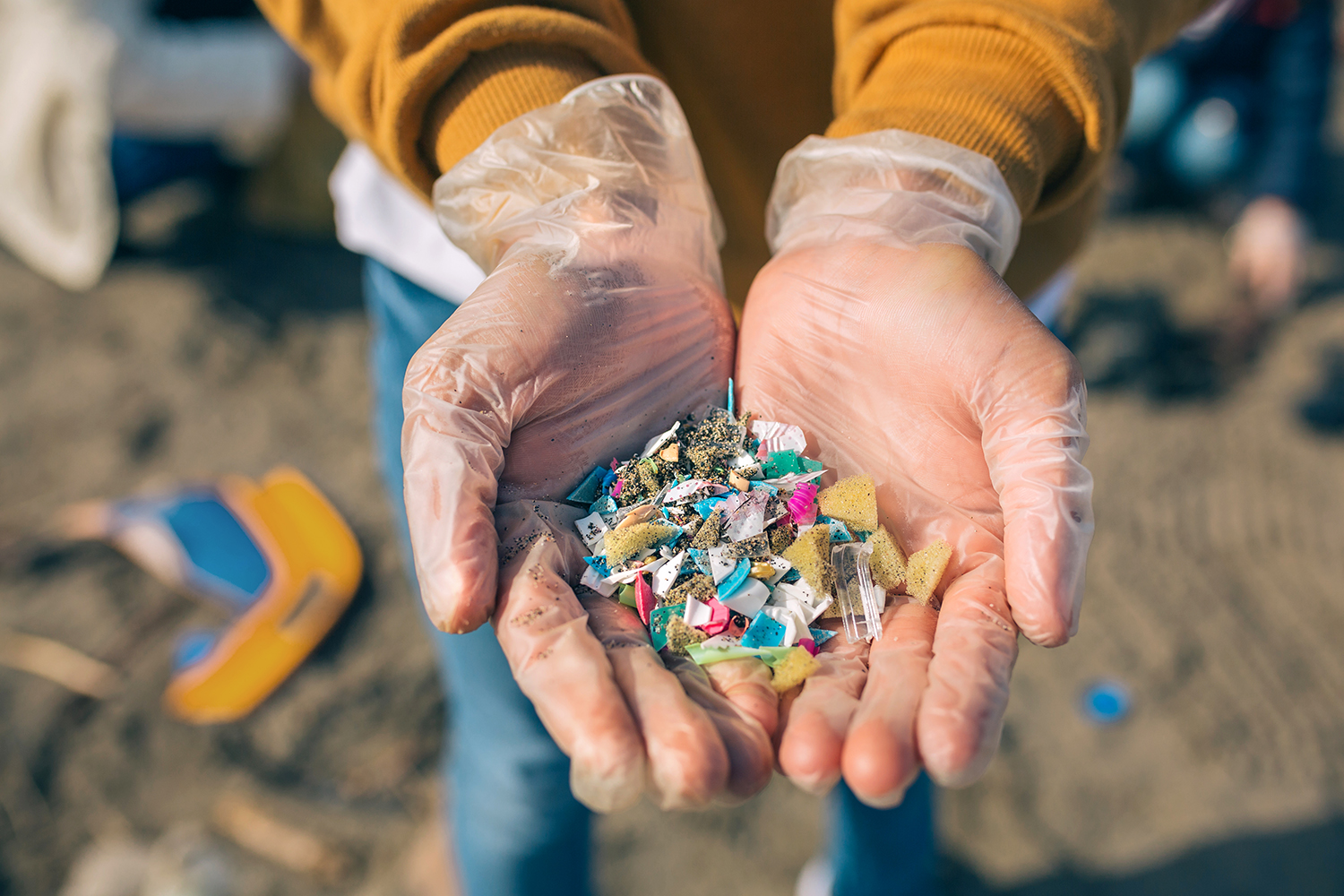Purpose
ATSDR’s recently initiated and upcoming projects will come to fruition over the next year, the next five years, and the next decade. The iterative, ever-growing work done by ATSDR and its partners changes the lives of Americans across the nation and people around the world each day. New projects will push this work further, engaging more people in more communities concerned about exposure to hazardous substances in the environment.

Upcoming Projects

ATSDR's Community Engagement Playbook guides professionals to engage communities in meaningful, impactful ways throughout an environmental public health response.

The Community Engagement Playbook (Playbook) outlines a new framework for guiding the four phases of community engagement (CE) that unfold during an environmental public health response. Public health professionals will find questions and context in the Playbook to help them identify critical local considerations and a list of CE activities that can be tailored to the community's specific needs.
The Playbook also includes tools to support professionals conducting community and tribal engagement: a tip sheet, a CE planning tool, and links to additional tools and resources from ATSDR, other government agencies, and both academic and non-governmental organizations. The glossary and resource sections introduce advanced practice topics.
The Playbook reconfirms ATSDR's commitment to improving how we build relationships and effectively engage with communities, including tribal nations, during environmental public health responses.
ATSDR's Community Stress Resource Center helps public health professionals address stress as part of public health responses to environmental contamination.

Life in a community experiencing long-term environmental contamination can be stressful for many reasons, including uncertainty, health and financial concerns, and feelings of powerlessness. Environmental contamination can cause chronically elevated psychological and social stress in some people and across families and communities. While it is normal for community members to feel stress in these situations, chronic or sustained stress can pose health risks on top of those related to environmental exposures. In addition, lower income and communities of color often face disproportionate effects from multiple social and environmental stressors.
ATSDR has been working to better understand and develop resources to address the psychological and social effects associated with living in a community affected by long-term environmental contamination. In 2020, ATSDR developed and tested a new Community Stress Resource Center, released in 2021.
The Resource Center helps public health professionals reduce community stress and build resilience through work with community members, community-based organizations, and clinicians facing environmental contamination. It contains a new 3 Keys Framework — Recognize, Prepare, and Partner — and over 40 diverse resources for achieving the framework's objectives.
Public health professionals can use the Resource Center to
- Learn the science about the connection between environmental contamination and stress-related health risks
- Take action by recognizing, preparing, and partnering to reduce community stress and build resilience as part of public health responses to environmental contamination
- Find resources to help achieve the objectives of the 3 Keys framework
A self-guided introductory training for public health professionals on chronic stress and environmental contamination is also available on the Resource Center.
ATSDR fosters collaboration between multiple agencies to protect the Navajo Nation from the effects of uranium contamination.

ATSDR collaborated with the Navajo Nation and federal agencies in 2020 to continue to address the effect of uranium contamination on the Navajo Nation. The Ten-Year Plan, released in January 2021, builds on two previous Five-Year Plans (2008–2013, 2014–2019) to address legacy contamination of uranium mining and milling operations on the Navajo Nation.
During the years spanning the new ten-year plan, ATSDR will
- Work with the Indian Health Service to provide training to clinicians and other healthcare providers about the health effects of non-occupational exposure to uranium
- Work with the Navajo Nation Department of Health to develop outreach and health education materials and to provide training to community health representatives
- Participate in the Community Outreach Network
The COVID-19 pandemic made it necessary for ATSDR to pause in-person community engagement, including the Community Outreach Network's Uranium 101 community health education events at Chapter Houses. ATSDR remains committed to working with Navajo Nation tribal communities.
ATSDR and CDC's National Center for Environmental Health (NCEH) work to define human health risks regarding exposure to and toxicity from microplastics.

Microplastics (MPs) are plastic particles measuring less than 5 mm. MPs and nanoplastics (NPs), which measure less than .001 mm, have been intentionally placed in cleaning products, coatings, cosmetics, and medical applications. They are also created when items such as bottles, clothing, tires, and packaging break down in the environment. MPs and NPs can be transported into streams and seas, carried into the air, and fall with the rain. MPs also attract pollutants that may already exist in the environment at trace levels, accumulating toxins and delivering them to the wildlife that eats them, leading to bioaccumulation through the food chain. MPs and NPs are being found in fish, crab meat, and even table salt. MPs and NPs have been repeatedly found in human waste and some human organs, which has led to concern regarding the effect these pollutants may have on human health.
Because MPs and NPs are emerging pollutants, it was necessary to examine the scope of MP and NP contamination, as well as their potential short- and long-term effects on public health. ATSDR formed the microplastic workgroup in partnership with NCEH in 2020. Together, the workgroup members have undertaken a massive literature review to define human health risks from MPs and NPs. Early results on human exposures and health effects have been published here. When the full results are published, ATSDR will hold a symposium with scientists and academic institutions to share the findings and to encourage scientists to focus on the necessary data gaps.

